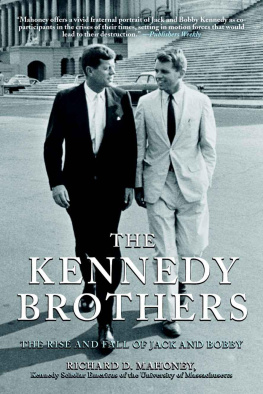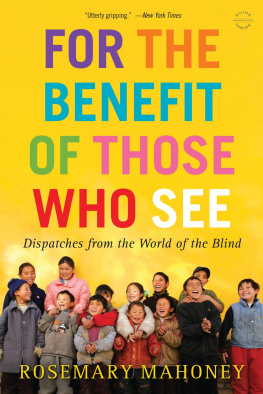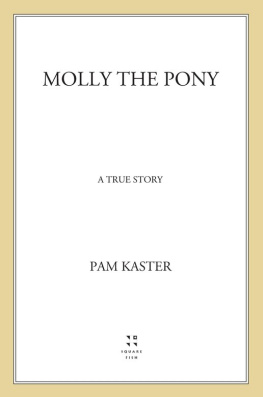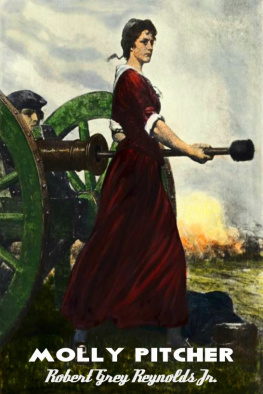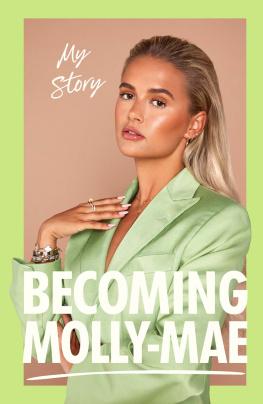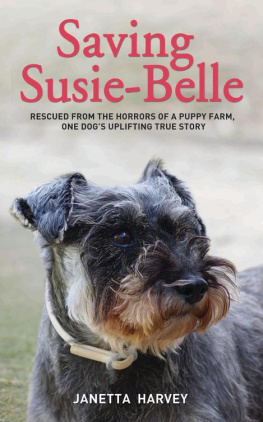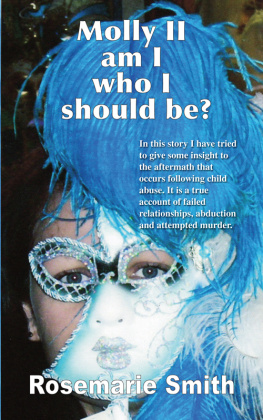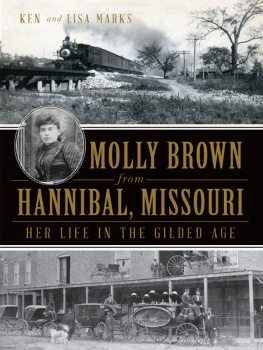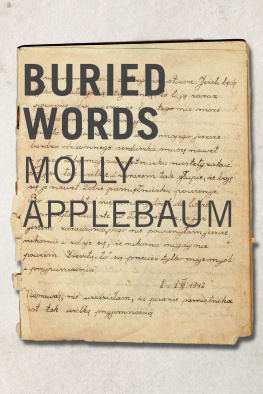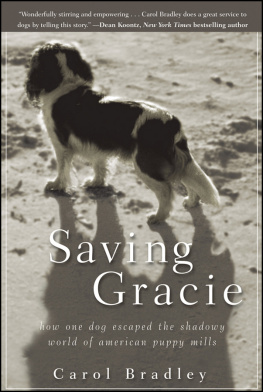SAVING MOLLY
A Research Veterinarians Choices
DR. JAMES MAHONEY
Algonquin Books of Chapel Hill
Published by
ALGONQUIN BOOKS OF CHAPEL HILL
Post Office Box 2225
Chapel Hill, North Carolina 27515-2225
a division of
Workman Publishing
225 Varick Street
New York, New York 10014
1998 by James Mahoney. All rights reserved.
Library of Congress Cataloging-in-Publication Data is available for a previous edition of this work.
E-book ISBN 978-1-56512-825-5
To my wife, Marie-Paule, longtime friend and honest mirror, and to my daughter, Nathalie, and the boys, Pdraig and Christophera family that always stood by me and the crathers.
The universe resounds with the joyful cry I am!
SCRIABIN
Introduction
BY ROGER A. CARAS
JIM MAHONEY, VETERINARIAN and philosopher, is, in a very real sense, a man trapped in the middle of a storm. He is caught in the center of the rancorous controversy over animal research.
That controversy rages not only around him but inside him as well. Jim Mahoney is a man divided. First, of course, there is the Jim Mahoney who can tell us the story of how he saved Molly, the dog whose struggle to overcome all of her various illnesses is compelling and beautiful. There is that Jim Mahoney. Mollys Jim.
There is also Dr. Mahoney of LEMSIP (the Laboratory for Experimental Medicine and Surgery in Primates). For years now, he has been fighting to make things better for creatures whom he considers close relatives. Delivering better care than perhaps any other research veterinarian in the world, he is the chimpanzees doctor. He walks among them, talks to them, and obviously loves them. Still, the chimps he cares for so tenderly and with such passionate understanding are chimps used in laboratory protocols, as a means of testing hepatitis vaccines as well as new drugs being developed in the war on AIDS. Dr. Mahoney partakes in a complex of activity known collectivelyand frequently hatefullyas vivisection or biomedical research.
The very term, vivisection, arouses strong emotional reactions on both sides. On one side stand most medical scientists, rigid and unyielding; on the other, a host of philosophers and ethicists. Science claims that it knows no alternative to using animals in its urgent search for cures for AIDS, cancer, and birth defects, while those most adamantly opposed to research involving animals claim that scientists have the alternatives at their disposal but for a variety of reasons refuse to use them. Those most furiously engaged in this battle say it doesnt matter if we know of alternatives to using animals or notwe simply do not have the right to use animals for our own good, or for any other purpose. These activists swear that they will never deviate from that position, and one is inclined to believe them. What we have, then, is rigidity squared off with rigidity.
In the middle stand Mollys Jim as well as Dr. Mahoney, the chimpanzees doctor, both packaged inside one gentle, caring man trying to calm the emotions, soften the rhetoric, and most important, make sense of it all. There is conflict within him that one doubts can be resolved. Jim Mahoney knows only too well that his patients are only once removed from himand usby 1 or 2 percent of their genetic material, that we are well within 2 percent of being chimpanzees ourselves. And so, Jim Mahoney seems a man destined to remain suspended. He is conscientious and innovative, tirelessly working to improve the lives of his chimps as infants and adults. But he can never forget that in the end they are to be used as models for human beings in tests that, although not painful, require the chimps to be held in relatively small cages, generally in isolation. For animals as social as the chimpanzee, any form of isolation is painful, and no one knows this better than Dr. James Mahoney.
And then there is Molly. She would have died in Jamaica if it hadnt been for Jim, but he brought her home. He cared for her lovingly and watched her grow into a remarkable little creature I have had the pleasure of knowing (and who, I might add, uses her paws as no other dogs do, or at least not any other dog I have known).
Who, then, is the real Dr. James MahoneyMollys Jim only, or the rider of the storm who happens to own a dog about whom he is sentimental? He is, I would contend, both men. Like so many other people who have become immersed in the bewilderingly complex world of the human/animal relationship, he is caught up in a myriad of ambiguities. Dr. Mahoneys skills as a scientist and veterinarian are finite, but less finite is our collective guilt and, in particular, that felt and suffered by Mollys Jim.
Acknowledgments
I AM DEEPLY INDEBTED to everyone at Algonquin, but especially to Memsy Price and Dana Stamey, who had the patience to work with me and not give up.
I also thank all the technicians and other staff at LEMSIP who, over the years, gave so much love. I have mentioned only a few of them by name, yet I could relate at least one story about every single one of themsome touching moment, some special deed, some comical event. But I admired them most of all for being a team able to pull together when things got tough. I saw this every time there was a medical emergency with one of the chimps. When I would hear the announcement over the PA system, I would immediately drop what I was doing and rush to the animals room. Even before I arrived on the scene, the technicians would have already paired off and formed teams; one pair would be administering cardiopulmonary resuscitation, another pair would have inserted an endotracheal tube into the animals windpipe, and yet another would have set up an IV line to administer adrenaline or some other stimulant into the blood stream, while the electrocardiograph bleeped out its wiggly trace in the background. I would stand on the sidelines, like a maestro ignored by the orchestra, hardly needing to lay a hand on the patient. The technicians didnt always succeed, and sometimes, the animal died despite their valiant efforts. When they failed, the technicians at least had one anothers comfort and the knowledge that they had done all that was humanly possible to save the animal. But when they were successful, they experienced a high I doubt few other people ever reach in the normal course of their daily work.
Prologue
THIS IS THE STORY of a brave little dog by the name of Mollya bush dog, blind in one eye, and poorsighted in the other. Born under the crawl space of a tiny house in southwest Jamaica, Molly was the runt of the litter, barely half the size of her brothers and sisters. At the time I met her, she suffered life-threatening anemia, brought on by a massive flea infestation. She was riddled with intestinal parasites and weakened by uncontrollable diarrhea. The lids of both her eyes were matted tightly shut with pus, and heaven knows what other medical problems afflicted her.
I am a veterinarian, and my wife, Marie-Paule, and I came across the little puppy while we were on vacation. She was just three and a half weeks old. We took her under our wing for a while, hoping that by the end of our brief stay, she would be well on the road to recovery. But things didnt turn out that way.
As I cared for Molly over the subsequent months, struggling to help her overcome one serious health problem after another, I began to question my own life and its meaning. I remembered other special animals I had known, who, for one reason or another, also had to struggle. Sometimes their problems were health related, like Mollys; sometimes they had to do with how we as human beings use animals in our various pursuits and needs; and sometimes they occurred simply because of ugly human politics.
I take care of, and experiment on, monkeys and chimpanzees at LEMSIP (the Laboratory for Experimental Medicine and Surgery in Primates at New York University) in the difficult, and often frustrating, search for vaccines and cures against major human diseases such as hepatitis and AIDS. It is serious work, and I see no alternative to using animals in research if we are to continue making the breakthroughs in human health that have occurred in the last fifty years or more. But the animals sometimes pay a high price for their involuntary contribution, not always physically, as many might think, but more emotionally and psychologically. Caring for these animals forces me to confront a dilemma which increasingly haunts me: How can someone like me, a veterinarian trained to provide compassionate care for animals, devote his career to what many see as the cruel and inhumane world of animal research?


